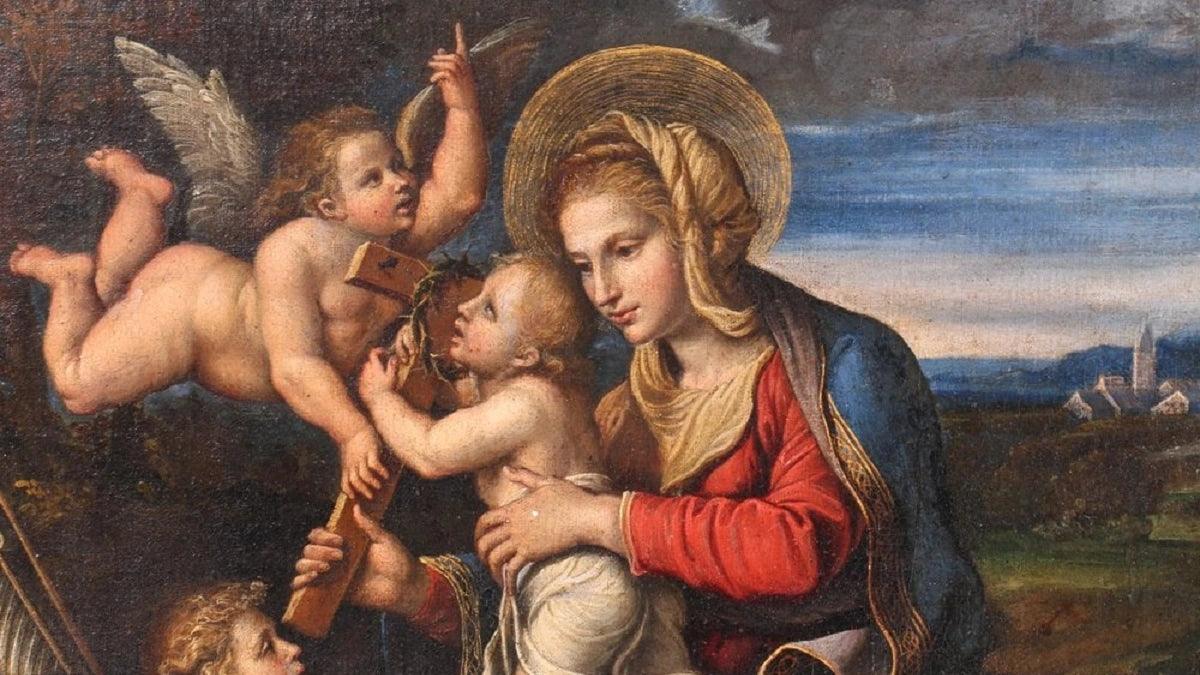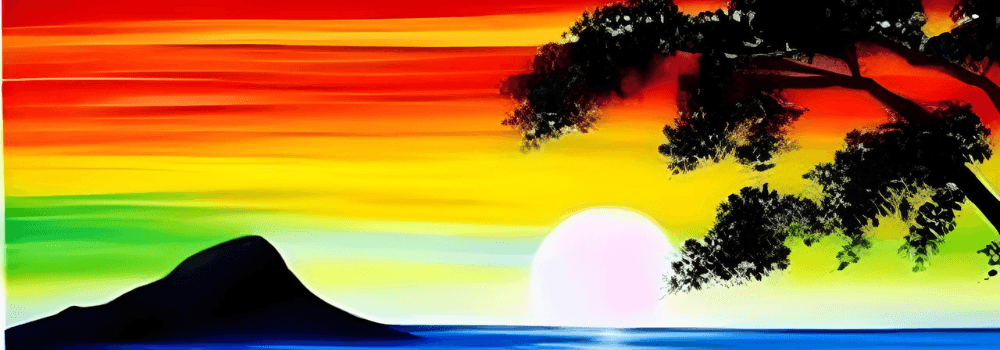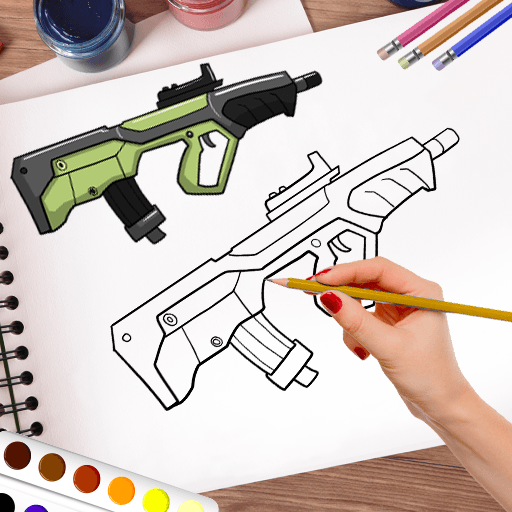Introduction to Renaissance paintings

The Renaissance era, which spanned from the 14th to the 17th century, was a time of great cultural, intellectual, and artistic rebirth. It marked a significant shift in the way art was created and appreciated, and this period gave birth to some of the most influential masterpieces in the history of art. Renaissance paintings, with their attention to detail, use of perspective, and exploration of human emotion, continue to captivate audiences even today.
The Renaissance era and its impact on art

The Renaissance was a time of immense cultural and intellectual growth in Europe. It brought about a renewed interest in the classical ideals of ancient Greece and Rome, and this newfound enthusiasm for learning and exploration extended to the world of art. Artists during this period were no longer content with simply depicting religious scenes; instead, they sought to capture the beauty of the world around them and the complexity of human emotions.
Characteristics of Renaissance paintings

Renaissance paintings are characterized by their attention to detail, use of perspective, and realistic portrayal of human subjects. Artists during this period sought to create a sense of depth and three-dimensionality in their works, often using techniques such as foreshortening and chiaroscuro to achieve this effect. Additionally, Renaissance painters paid great attention to the anatomical accuracy of their subjects, resulting in lifelike representations of the human form.
Famous Renaissance paintings and their significance

The Renaissance era produced numerous iconic paintings that continue to be celebrated for their artistic brilliance and cultural significance. One of the most famous examples is Leonardo da Vinci's "Mona Lisa," which is renowned for its enigmatic smile and the meticulous attention to detail in the landscape background. Another notable work is Michelangelo's "The Creation of Adam" from the Sistine Chapel ceiling, which depicts the biblical story of God giving life to Adam. These paintings, among others, have become symbols of the Renaissance and are treasured as cultural artifacts.
Exploring the works of Italian Renaissance painters

Italy was the epicenter of the Renaissance, and it produced some of the greatest painters in history. Artists such as Leonardo da Vinci, Michelangelo, and Raphael revolutionized the art world with their innovative techniques and profound artistic vision. Da Vinci's "The Last Supper" is a masterpiece that depicts the final meal Jesus shared with his disciples, while Michelangelo's "David" is a monumental sculpture that showcases the idealized human form. Raphael's "The School of Athens" is a fresco that celebrates the great thinkers of ancient Greece and Rome. These Italian Renaissance painters left an indelible mark on the art world and their works continue to inspire generations of artists.
The dramatic elements in Renaissance paintings

One of the defining characteristics of Renaissance paintings is their ability to evoke powerful emotions in the viewer. Artists during this period used various techniques to create dramatic and emotionally charged scenes. Caravaggio, a prominent Italian painter of the late Renaissance, was known for his use of chiaroscuro, which involved contrasting light and dark to create a sense of drama. His painting "The Calling of Saint Matthew" is a prime example of this technique, with the figure of Christ dramatically illuminated against a dark background. The use of vibrant colors, dynamic compositions, and expressive gestures also contributed to the dramatic impact of Renaissance paintings.
Notable Renaissance paintings from different regions

While Italy was at the forefront of the Renaissance, other regions in Europe also produced remarkable artworks during this period. In the Netherlands, artists like Jan van Eyck and Hieronymus Bosch created intricate and detailed paintings that explored themes of religion and human morality. Van Eyck's "The Arnolfini Portrait" is a prime example of Northern Renaissance art, with its meticulous attention to detail and symbolism. In Germany, Albrecht Dürer's engravings and woodcuts showcased his technical skill and innovative use of perspective. These regional variations added richness and diversity to the Renaissance art movement.
Lesser-known but beautiful Renaissance paintings
While the works of famous Renaissance painters often steal the spotlight, there are many lesser-known paintings from this era that deserve recognition. For instance, Botticelli's "Primavera" is a breathtaking depiction of spring, with its vibrant colors and graceful figures. Titian's "Bacchus and Ariadne" captures the mythological story of the love between the god of wine and a mortal princess, conveying a sense of passion and ecstasy. These hidden gems of the Renaissance remind us of the immense talent and creative brilliance that flourished during this period.

The enduring popularity of Renaissance paintings

Despite being centuries old, Renaissance paintings continue to captivate audiences and inspire contemporary artists. Their timeless beauty, meticulous craftsmanship, and profound exploration of the human condition make them relevant even in the modern world. Museums around the globe house these masterpieces, allowing visitors to experience firsthand the awe-inspiring talent of Renaissance painters. The enduring popularity of these artworks is a testament to their lasting impact on the art world and their ability to transcend time.
Conclusion: Appreciating the timeless beauty of Renaissance art

The world of Renaissance paintings is a captivating journey through time and artistic genius. From the masterpieces of Italian Renaissance painters like Leonardo da Vinci and Michelangelo to the lesser-known gems from different regions of Europe, these artworks continue to enthrall and inspire us. The attention to detail, use of perspective, and exploration of human emotion in Renaissance paintings make them timeless treasures that are cherished by art enthusiasts around the world. As we immerse ourselves in this fascinating world, we gain a deeper appreciation for the immense talent and creativity that flourished during the Renaissance era.








Leave a comment
All comments are moderated before being published.
This site is protected by hCaptcha and the hCaptcha Privacy Policy and Terms of Service apply.